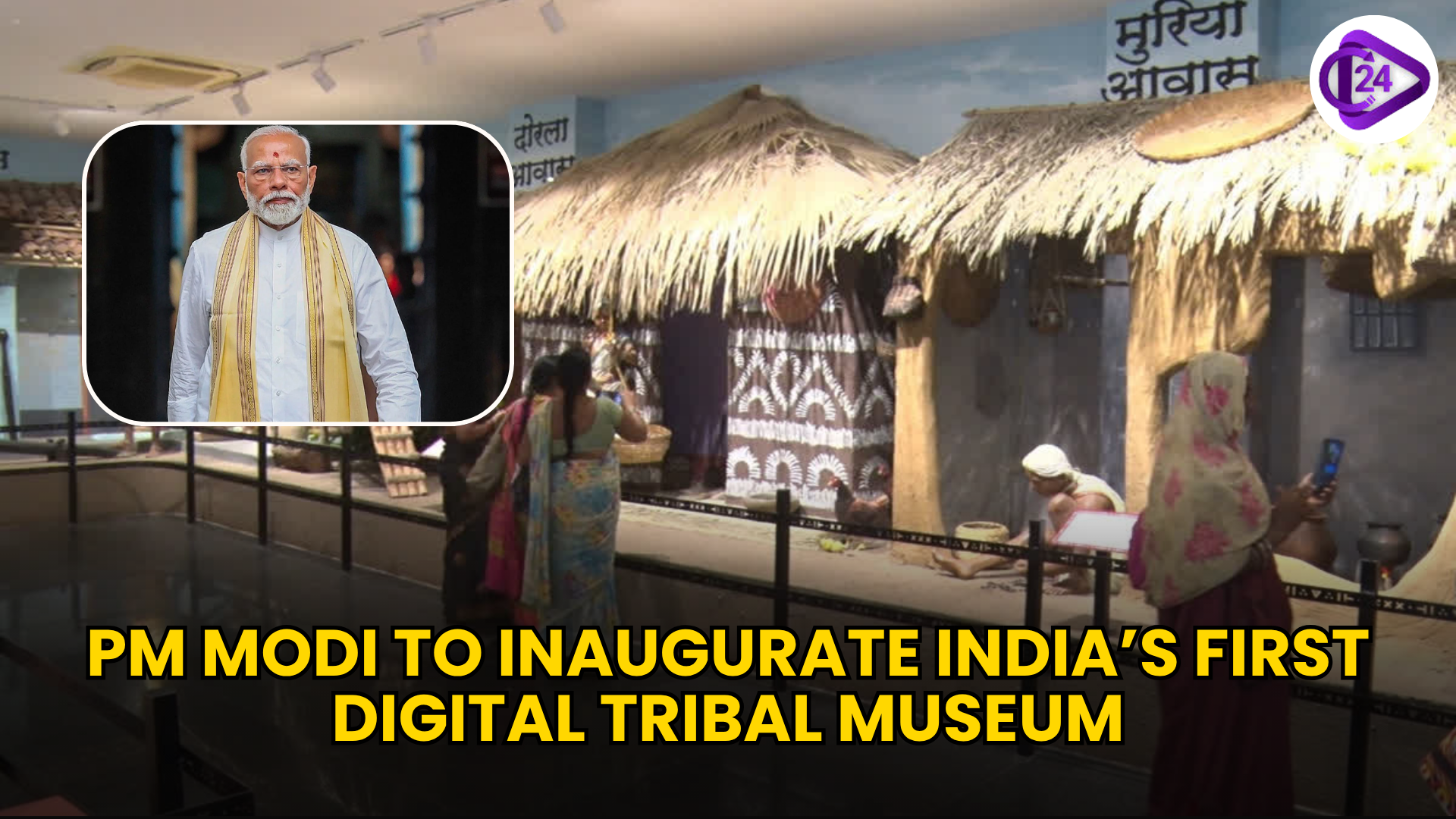
The first Digital Tribal Museum, a historic project led by Prime Minister Narendra Modi, reflects the rich heritage, environment, and work of tribal communities in India. The museum also incorporates new and advanced digital technologies, such as immersive 3D exhibits and interactive narratives, to bring to life the world and sacrifices of tribal freedom fighters. It strives to conserve and enhance the art, culture, and knowledge systems of the tribes for the new generations and the unification of national consciousness and national pride. The inauguration indicates that the government has invested in its vision to empower tribal communities with digital innovation and preservation of culture, and is aligned with the overall vision that is inclusive and sustainable development.
Highlights of India’s First Digital Tribal Museum
-
The Digital Tribal Museum in Naya Raipur is a museum dedicated to the history of the tribal cultures in India, and it is spread over an area of approximately 10 acres.
-
It contains 14 interactive galleries that demonstrate tribal lifestyle, art, attire, traditions, and festivals.
-
Provided with the latest technologies such as 2d projections, virtual reality, and interactive touch screens.
-
Specific areas are dedicated to the tribal freedom fighters and their role in bringing India's independence.
-
Exhibits objects of handicrafts and cultural artifacts that maintain cultural knowledge.
-
Encourages the study, travel, and learning of tribal culture and sustainability.
-
Goal to create a sense of pride in the minds of tribal youth as well as to create awareness of the diversity of Indian culture.
Historic Tribal Uprisings Brought to Life in India’s First Digital Tribal Museum
-
Exhibits tribal revolts that have conditioned the freedom struggle in India.
-
Starts with the Halba Rebellion (1774-1779), which is believed to be the first tribal rebellion in India.
-
Cites the Surguja (1792), Bhopalpatnam (1795), Paralkot (1824-1825), and Tolapur (1842-1854) uprisings.
-
Shows the Meria (1842-1863), Koi (1859), and Lingagiri (1856-1860) protests, focusing on cultural protest.
-
Covers the Sonakhan Rebellion (1857), organized by Veer Narayan Singh, which represents the central situation in the freedom movement in India.
-
Commemorates the sacrifices and valour of tribal warriors of India.
Conclusion
The introduction by Prime Minister Narendra Modi of India of the first Digital Tribal Freedom Fighters Museum is a historic move towards garnering and honoring the legacy of tribal heroes. The museum is based in Naya Raipur, and it is an amalgamation of technology and heritage, which refers to the courage, culture, and contributions of the tribal communities of India, and it creates inspiration in the minds of future generations to appreciate their rich cultures.



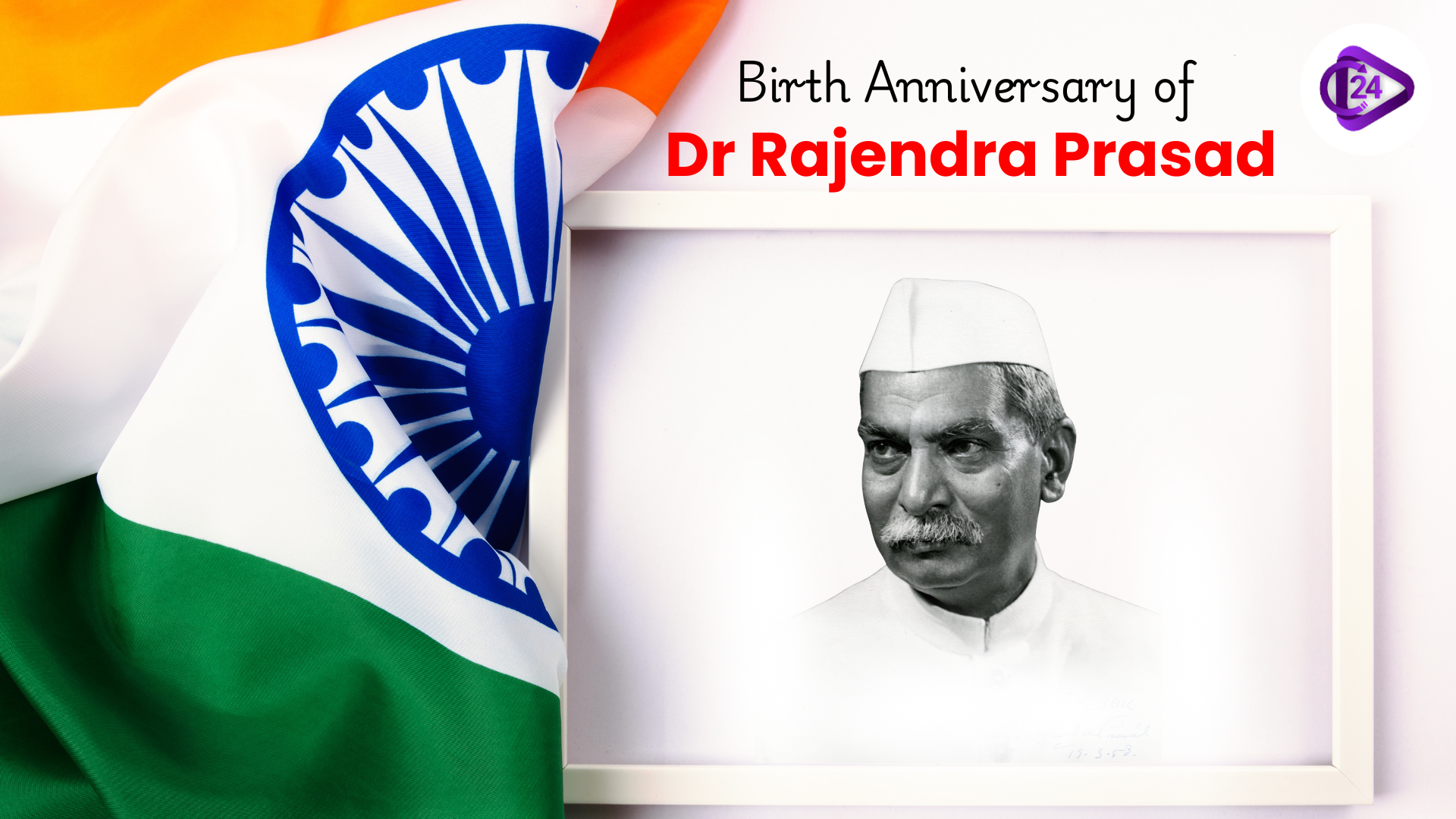 Birth Anniversary of Dr Rajendra Prasad
Birth Anniversary of Dr Rajendra Prasad Tessy Thomas Achieves Major Recognition With Dr Paulos Mar Gregorios Award 2025
Tessy Thomas Achieves Major Recognition With Dr Paulos Mar Gregorios Award 2025 Ramban Sulai Honey GI Tag: A Major Win for Traditional Beekeeping
Ramban Sulai Honey GI Tag: A Major Win for Traditional Beekeeping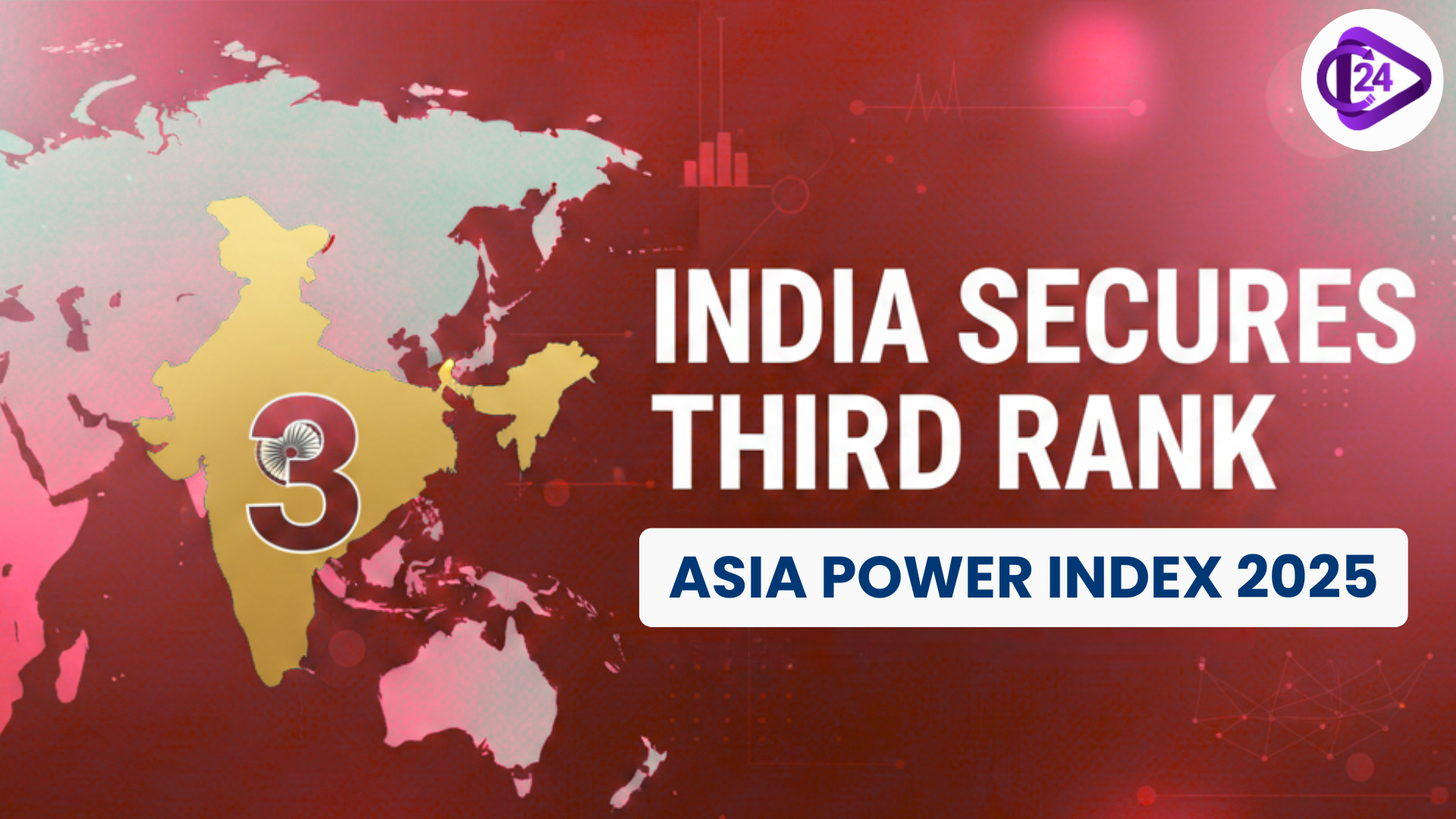 India Secures Third Rank in Asia Power Index 2025
India Secures Third Rank in Asia Power Index 2025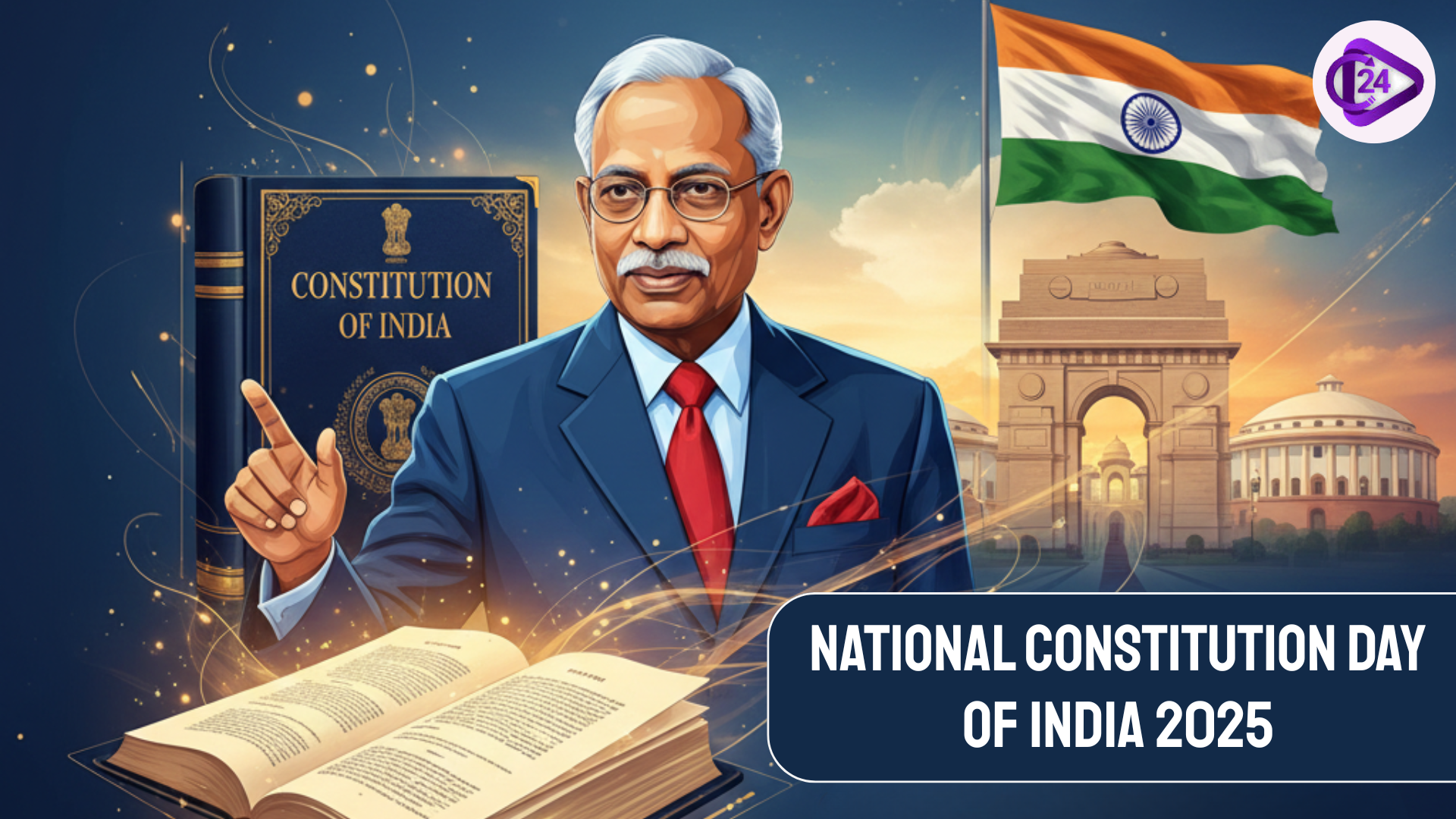 Constitution Day of India 2025: History, Meaning and Timeline Explained
Constitution Day of India 2025: History, Meaning and Timeline Explained India Launches ₹7,280 Crore Initiative to Develop Rare Earth Magnet Manufacturing
India Launches ₹7,280 Crore Initiative to Develop Rare Earth Magnet Manufacturing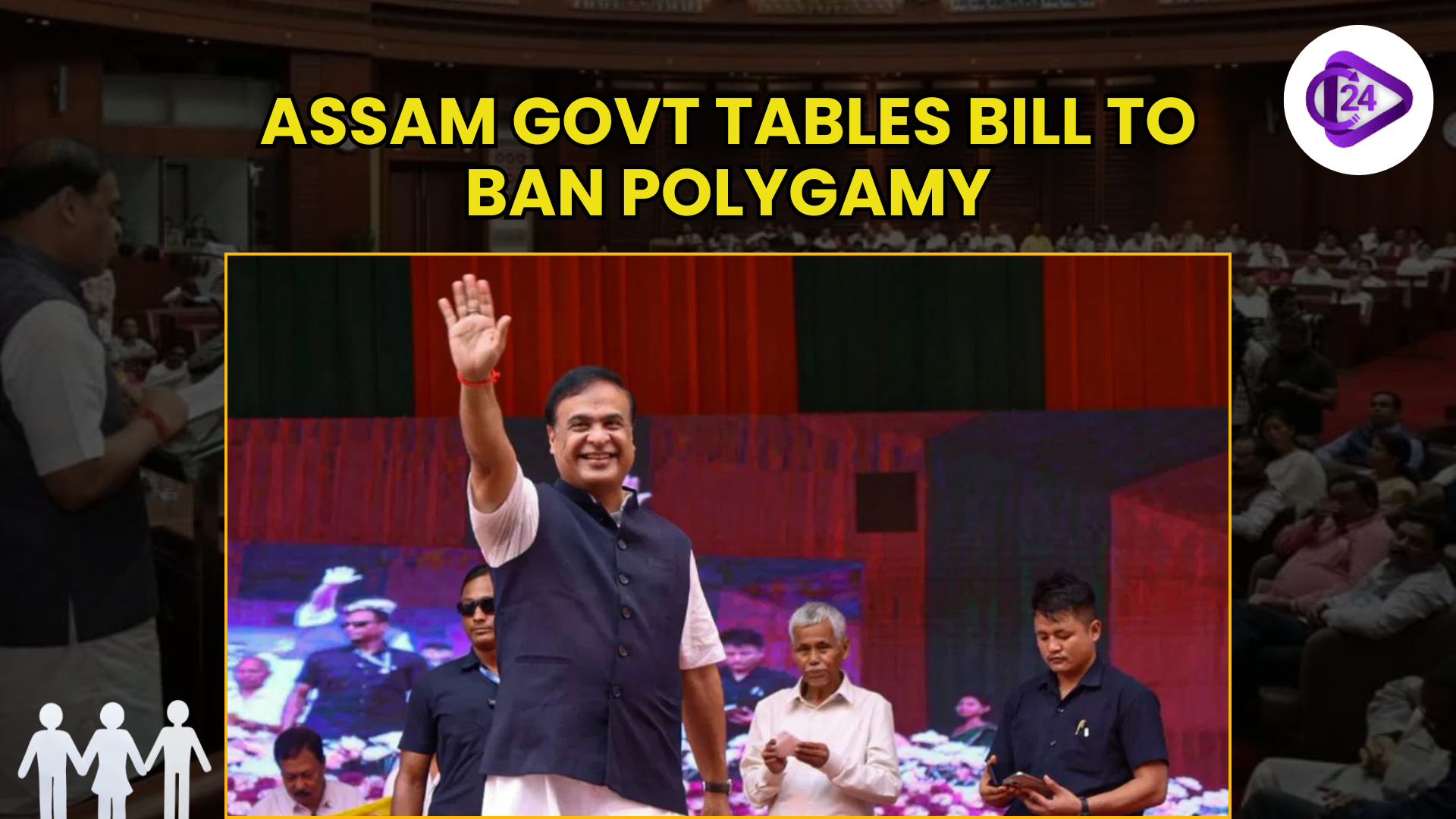 Assam Government Introduces Bill to Ban Polygamy with Strict Penalties
Assam Government Introduces Bill to Ban Polygamy with Strict Penalties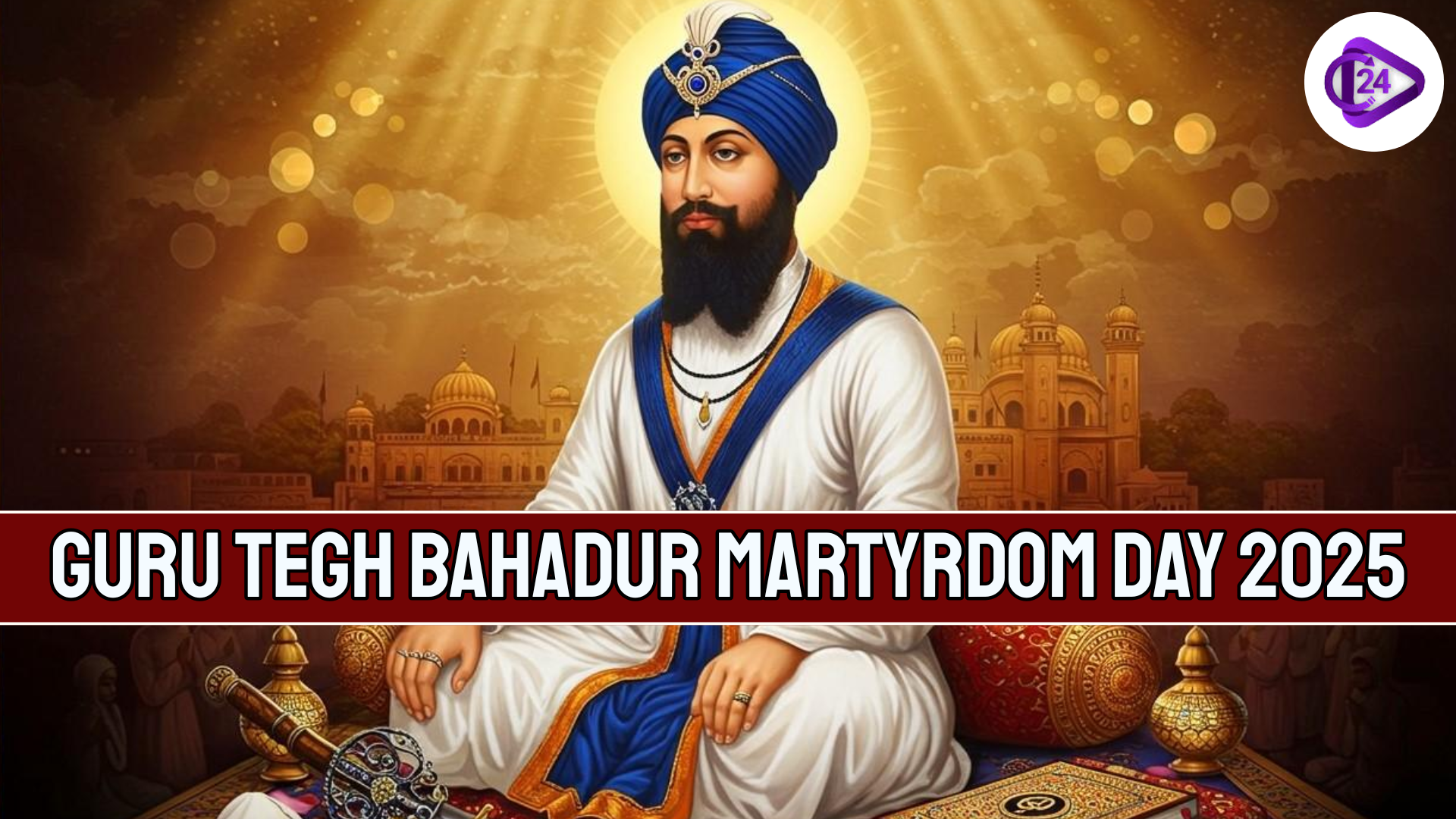 Guru Tegh Bahadur Martyrdom Day 2025 A Tribute to Courage and Spiritual Strength
Guru Tegh Bahadur Martyrdom Day 2025 A Tribute to Courage and Spiritual Strength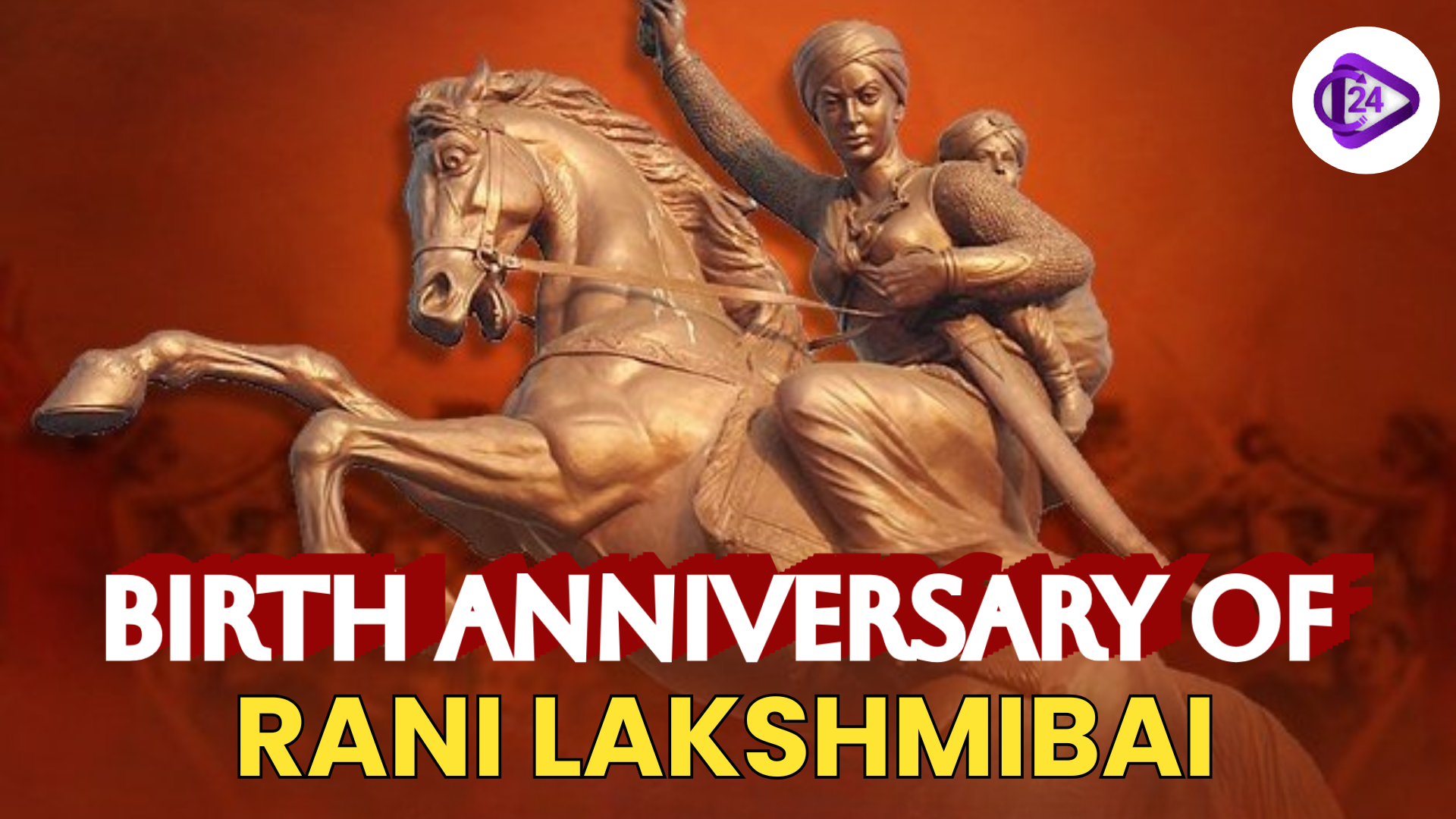 India Pays Tribute to the Birth Anniversary of Rani Lakshmibai
India Pays Tribute to the Birth Anniversary of Rani Lakshmibai Kinnaur’s Raulane Festival Celebrates Nature’s Mystical Guardians
Kinnaur’s Raulane Festival Celebrates Nature’s Mystical Guardians






